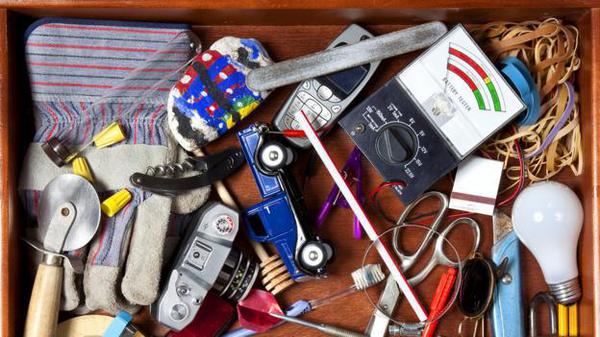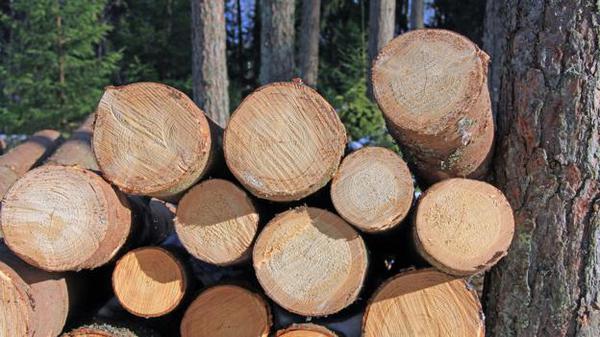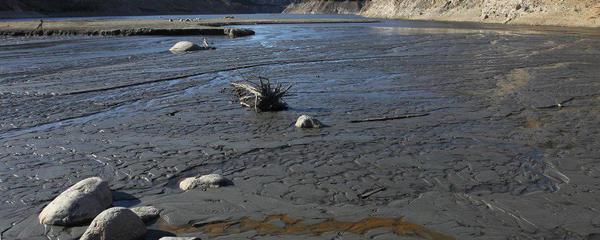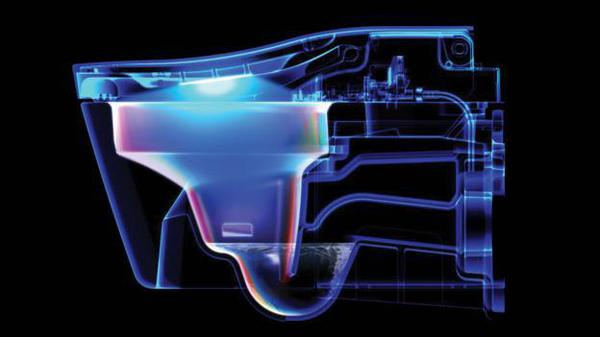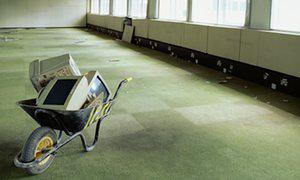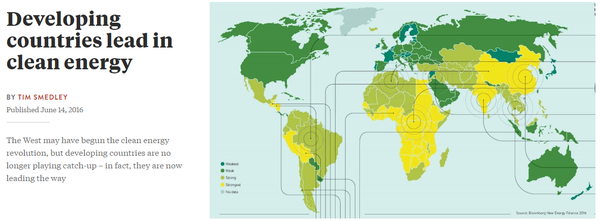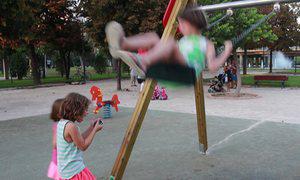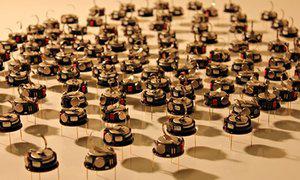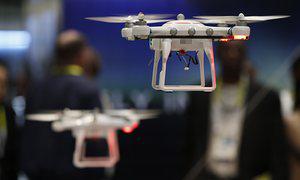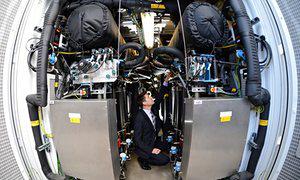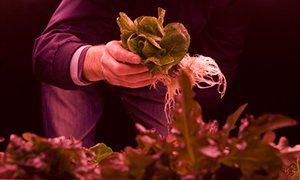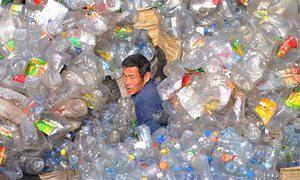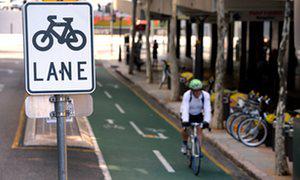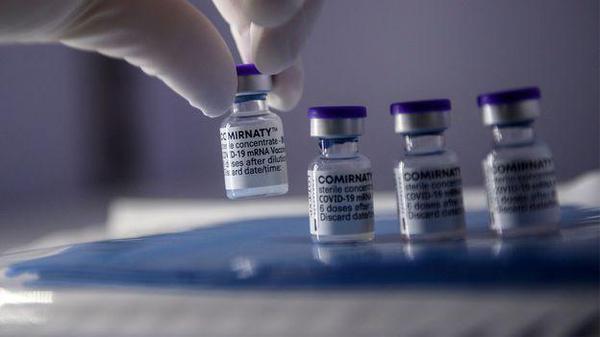
Why we're entering a vaccine RNAissance
Until recently most people had never even heard of mRNA vaccines. Now scientists believe they may be the key to solving a wealth of health problems.
Barely a year ago, Anna Blakney was working in a relatively inconspicuous, niche field of science in a lab in London. Few people outside of her scientific circles had heard of mRNA vaccines. Because none yet existed...
Barely a year ago, Anna Blakney was working in a relatively inconspicuous, niche field of science in a lab in London. Few people outside of her scientific circles had heard of mRNA vaccines. Because none yet existed...

